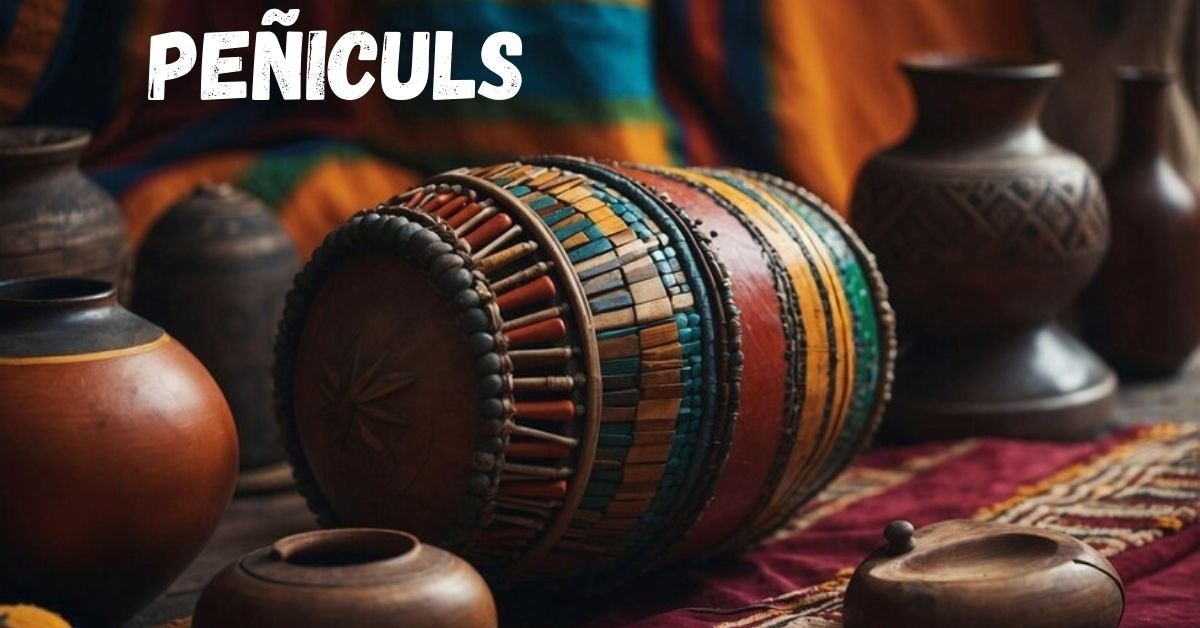Peñiculs have intrigued many people over the centuries. These unique objects, woven into the fabric of various cultures, offer a glimpse into human history and creativity. They are more than just artifacts; they are symbols of tradition, artistry, and innovation.
History of Peñiculs
Peñiculs have a rich history dating back to ancient times. Early civilizations used them for practical purposes, but their designs and materials evolved as societies advanced. Initially, peñiculs were simple and functional, crafted from readily available materials. Over time, they became more intricate and decorative, reflecting the cultural and technological advancements of different eras.
Traditional Peñiculs
Traditional peñiculs hold a special place in many cultures. They are often associated with rituals, ceremonies, and daily life. Each region has its own style, influenced by local materials and techniques. For instance, in Asia, peñiculs might be made from silk, while in Africa, they feature vibrant patterns and bold colors. These traditional designs not only serve practical purposes but also preserve cultural heritage.
Modern Peñiculs
The advent of technology has transformed the production of peñiculs. Modern methods allow for mass production, ensuring that these items are accessible to a wider audience. Advanced machinery and innovative materials have expanded the possibilities, making peñiculs more versatile and durable. Today, they are used in fashion, interior design, and even digital art.
Peñiculs in Art
Peñiculs have long been a source of inspiration for artists. Historical art pieces often feature these objects, highlighting their aesthetic and cultural significance. From ancient murals to Renaissance paintings, peñiculs have been depicted in various forms, each piece telling a story about the era’s values and beliefs. Contemporary artists continue to reinterpret peñiculs, creating modern works that bridge the gap between past and present.
Peñiculs in Literature
Literature, too, has embraced the symbolism of peñi’culs. They appear in many classic novels and poems, representing various themes and emotions. In some stories, peñi’culs symbolize heritage and beauty, while in others, they might represent conflict or change. Their presence in literature underscores their cultural resonance and the depth of their symbolism.
Crafting Traditional Peñiculs
The making of traditional peñi’culs is an art form passed down through generations. Artisans use natural materials such as fibers and dyes, chosen for their quality and significance. The craftsmanship techniques involve meticulous work, ensuring that each peñicul is unique. This process not only creates beautiful items but also preserves the skills and knowledge of the past.
Modern Production of Peñiculs
Modern production methods have streamlined the creation of peñi’culs. Industrial techniques and machinery allow for faster and more efficient production, making these items more affordable and accessible. Quality control is a critical aspect of modern production, ensuring that each peñicul meets high standards of craftsmanship and durability.
Economic Impact of Peñiculs
The production and trade of peñi’culs have significant economic implications. Countries like China, India, and Italy are leading producers, each contributing to the global market with their unique styles and techniques. The export and import of peñi’culs support economies, foster international relations, and promote cultural exchange.
Local Economies and Employment
The peñicul industry provides numerous employment opportunities, especially in regions where traditional methods are prevalent. Artisans, designers, and factory workers all play vital roles in this sector. The industry also supports community development, with profits often funding local projects and improving living standards.
Environmental Impact of Peñiculs
Sustainability is an essential consideration in the production of peñi’culs. Eco-friendly materials and practices are gaining popularity, reducing the industry’s environmental footprint. Efforts to minimize waste, such as recycling and upcycling, are becoming more common. However, challenges remain, including the need to address pollution and waste generated by production.
Sustainable Practices
Producers are increasingly adopting sustainable practices to mitigate environmental impact. Using organic fibers and natural dyes helps reduce harm to the environment. Additionally, recycling and upcycling initiatives are gaining traction, promoting a greener future for the industry.
Challenges and Regulations
Despite positive strides, the production of peñi’culs still faces environmental challenges. Governments and organizations are implementing regulatory measures to ensure ethical and sustainable practices. Compliance with these regulations is crucial for balancing economic growth with environmental responsibility.
The Future of Peñiculs
The future of peñi’culs looks promising, with innovations and trends shaping the industry. Technological advancements, sustainable practices, and evolving consumer preferences will influence the next chapter of this fascinating story. As peñi’culs continue to evolve, they will undoubtedly remain a significant part of our cultural heritage.
Conclusion
Peñi’culs are much more than objects; they are cultural artifacts that reflect human ingenuity and creativity. From their ancient origins to their modern applications, they continue to captivate and inspire. The peñicul industry, with its blend of tradition and innovation, holds exciting possibilities for the future.
FAQs
What are peñiculs?
Peñi’culs are cultural artifacts with a rich history, used for various practical and decorative purposes across different cultures.
How are peñiculs made?
Traditional peñi’culs are crafted using age-old techniques and natural materials, while modern ones are produced with advanced machinery and methods.
What is the cultural significance of peñiculs?
Peñi’culs hold cultural significance as symbols of heritage, beauty, and artistic expression.
Are there eco-friendly peñiculs?
Yes, eco-friendly peñi’culs are made using sustainable materials and practices, such as organic fibers and natural dyes.
What is the future of the peñicul industry?
The future of the peñicul industry is promising, with innovations in technology and sustainability shaping its development.








